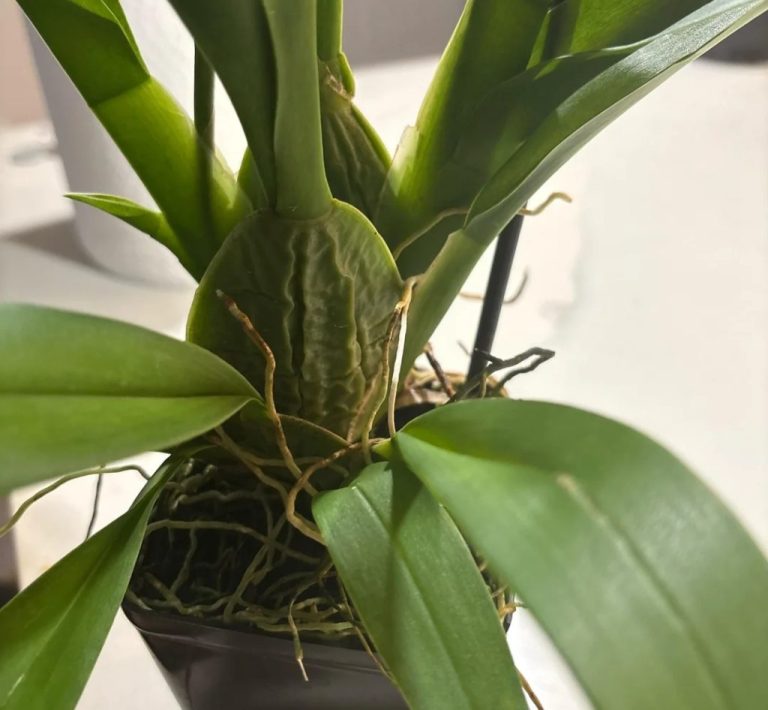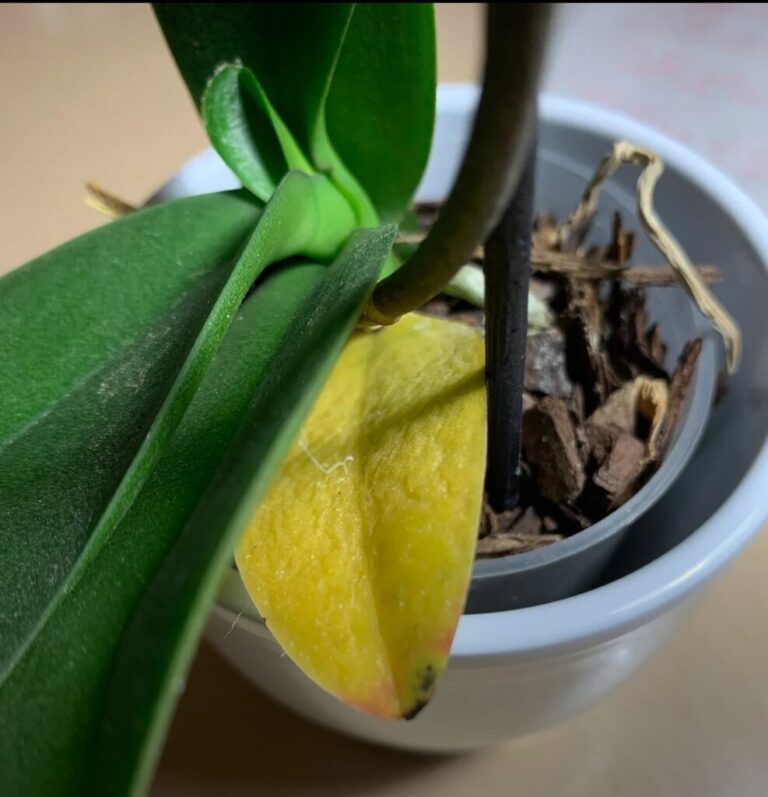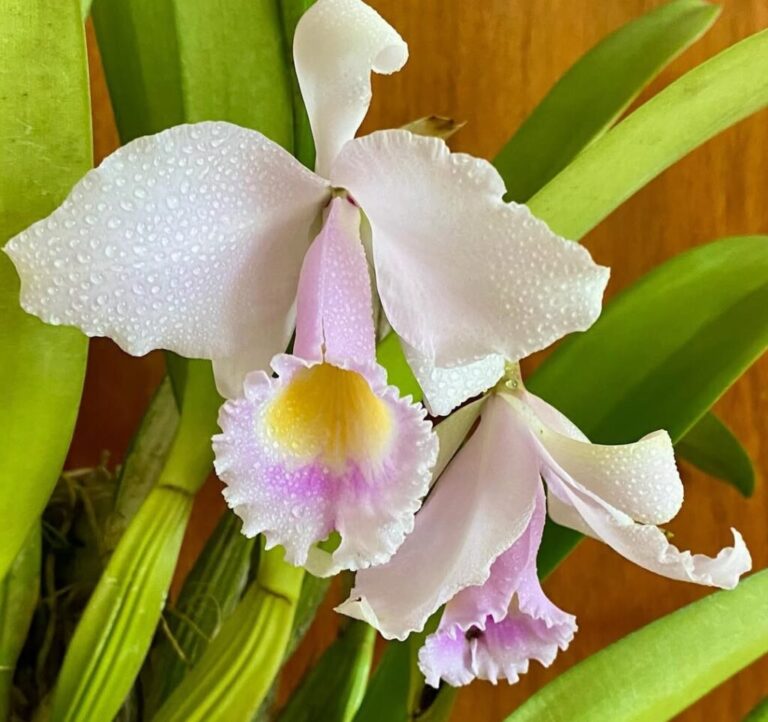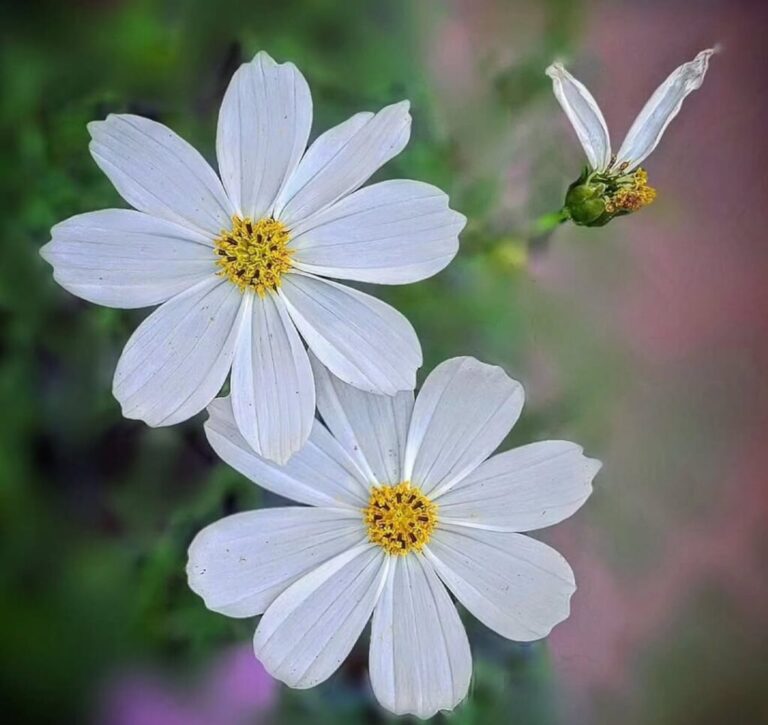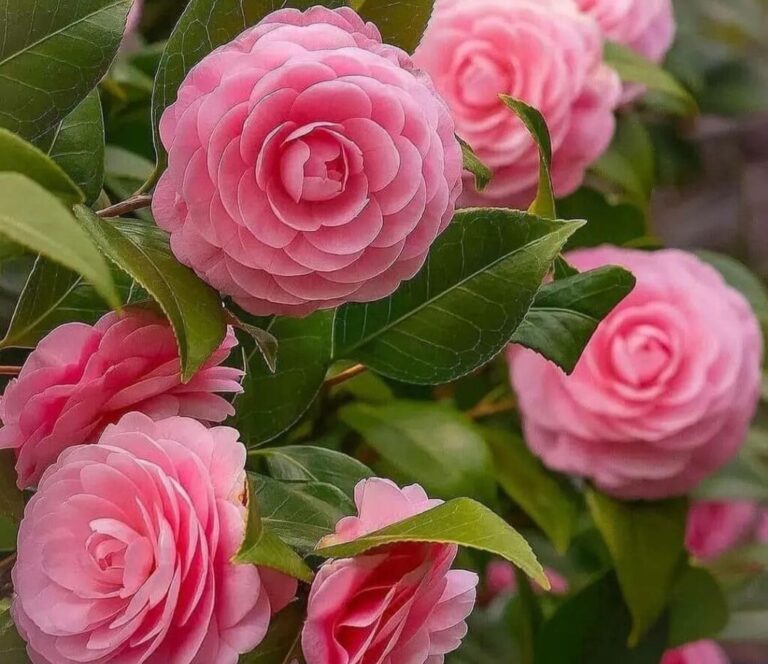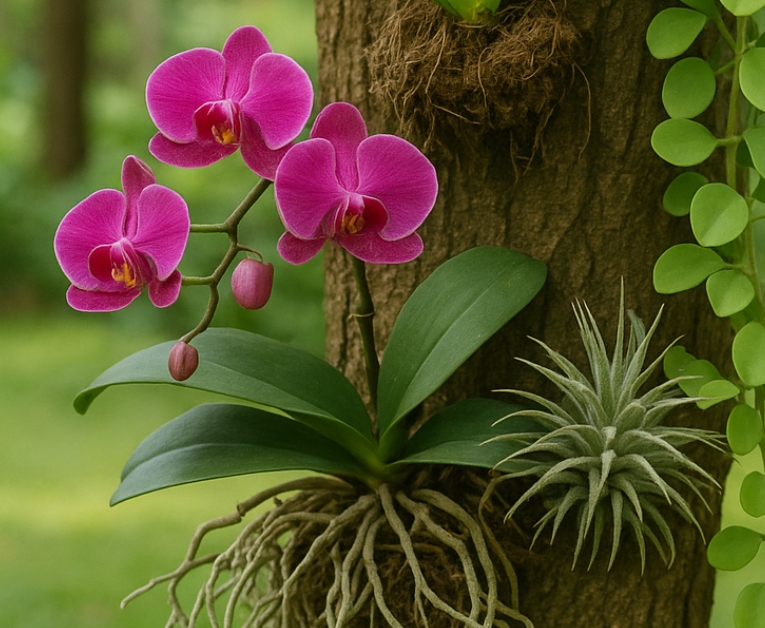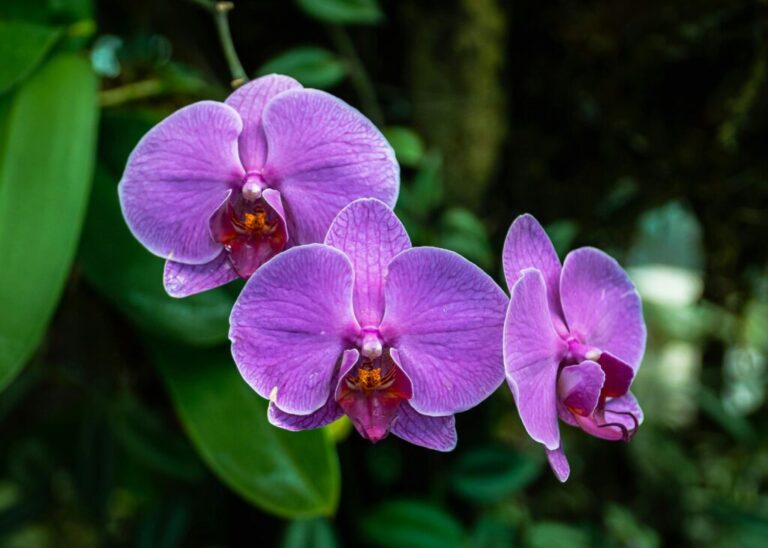Overwatering vs. Underwatering: problems in orchids how to fix
Orchids, with their exquisite beauty and delicate nature, have captivated the hearts of plant enthusiasts worldwide. However, caring for orchids can be a delicate balance, especially when it comes to watering. Both overwatering and underwatering can pose significant challenges for orchid growers, leading to a range of problems that can hinder the plant’s health and blooming potential. In this guide, we will delve into the common issues associated with overwatering and underwatering orchids and provide practical solutions to help you restore and maintain the vitality of your cherished orchid collection.
Overwatering Orchids:
Overwatering is a common mistake made by orchid enthusiasts who may believe that providing excessive water will result in healthier plants. However, orchids have specific water requirements that differ from those of other houseplants. Understanding the signs and consequences of overwatering orchids is crucial to maintaining their health and preventing potential damage.
overwatered roots
Root Rot: One of the most significant issues caused by overwatering is root rot. Orchid roots need oxygen to function properly, and when they are constantly submerged in water, they become deprived of oxygen. This leads to the growth of harmful bacteria and fungi, causing the roots to decay. Signs of root rot include mushy, brown, or black roots with a foul odour.
Yellowing Leaves: Overwatered orchids often exhibit yellowing leaves. This occurs because the excessive moisture in the potting medium prevents the roots from absorbing nutrients effectively. The lack of proper nutrient uptake leads to nutrient deficiencies, resulting in the yellowing and weakening of the leaves. In severe cases, the leaves may become translucent and eventually die off.
Fungal Infections: Persistent moisture provides an ideal environment for fungal infections to thrive. Overwatered orchids are susceptible to diseases such as black rot and powdery mildew. Black rot manifests as black, slimy lesions on leaves, stems, or flowers, while powdery mildew appears as a white, powdery substance on the plant’s surface. These fungal infections can spread rapidly and cause significant damage if not addressed promptly.
How to Fix Overwatering:
Evaluate the Potting Medium: Ensure that your orchid is potted in a well-draining medium. Orchids generally prefer a mix that consists of materials like bark, sphagnum moss, or perlite. These materials allow excess water to drain away, preventing waterlogged conditions.
Adjust Watering Frequency: Allow the top inch of the potting mix to dry out before watering again. Stick your finger into the medium to check its moisture level. If it feels wet, refrain from watering until it becomes slightly dry. Remember that orchids prefer a drying-out period between watering sessions.
Repotting: If root rot is evident, it’s essential to address the issue promptly. Carefully remove the affected roots using sterilised tools and trim away any soft, decaying portions. Repot the orchid in a fresh, well-draining medium, ensuring the roots have enough space to breathe. Consider using a slightly smaller pot to prevent water retention.
Improve Air Circulation: Enhance air circulation around your orchid to promote faster drying of the potting medium. Ensure that the plant is not placed in a stagnant, humid environment, as this can exacerbate the overwatering problem. A gentle breeze from a fan or an open window can help facilitate evaporation and reduce excess moisture.
Overwatering orchids can lead to severe consequences such as root rot, yellowing leaves, and fungal infections. By understanding the signs and taking appropriate measures, you can rectify the issue and ensure the well-being of your orchids. Remember to provide proper drainage, adjust watering frequency, and maintain good airflow around your plants. With attentive care, your orchids will thrive and delight you with their vibrant blooms.

shrivelled leaves
Underwatering Orchids:
While overwatering is a common problem, underwatering orchids can also have detrimental effects on their growth and overall health. Orchids have specific water requirements, and insufficient hydration can lead to various issues. Recognising the signs and understanding how to address underwatering is crucial to ensuring the well-being of your orchids.
Dehydrated Leaves: Underwatered orchids often display wilted, shrivelled, or leathery leaves. The lack of water causes the leaves to lose turgidity and become limp. In some cases, the leaves may turn yellow or brown, indicating stress and dehydration. These symptoms are the plant’s way of conserving water and protecting itself.
Stunted Growth: Insufficient water supply can significantly hinder the growth and development of orchids. Water plays a vital role in transporting nutrients throughout the plant. When there is a shortage of water, the metabolic processes slow down, resulting in stunted growth. The orchid may produce fewer or smaller flowers, and the overall plant size may remain small.
Poor Root Development: Water is crucial for healthy root development in orchids. Inadequate hydration restricts the growth and elongation of roots, making it difficult for the plant to absorb essential nutrients effectively. As a result, the orchid’s ability to take up water and nutrients from the potting medium is compromised, leading to further stress and potential nutrient deficiencies.
How to Fix Underwatering:
Develop a Watering Schedule: Establish a watering routine for your orchids. The frequency of watering will depend on various factors, such as the orchid species, potting medium, and environmental conditions. Generally, it is recommended to water orchids when the potting mix feels dry to the touch. However, avoid letting it completely dry out between watering sessions.
(TIP:) Sharpen a pencil with a sharper to reveal fresh wood. Twist it a few times after inserting it into the medium approximately an inch deep. No water is required if the wood emerges moist. You should probably water the plant if the wood looks dry
Watering Techniques: When watering your orchids, it’s essential to ensure thorough hydration. Use a watering can or immerse the pot in a container of water for a few minutes, allowing the roots to absorb moisture. This method ensures proper hydration without overwhelming the plant or causing water to run through too quickly.
Humidity Control: Orchids thrive in environments with higher humidity levels. To create a suitable humidity level for your orchids, consider placing a tray of water near the plants or using a humidifier. This will help maintain a more humid microclimate around the orchids, ensuring they receive adequate moisture.
Monitor Environmental Conditions: Keep an eye on the temperature and humidity levels in the orchid’s growing area. Extreme temperatures, low humidity, and excessive air circulation can contribute to faster drying of the potting medium, leading to underwatering. Adjusting these factors can help maintain a more favourable environment for your orchid Underwatering can have detrimental effects on orchids, resulting in dehydrated leaves, stunted growth, and poor root development.
By recognising the signs of underwatering and implementing appropriate measures, you can help your orchids thrive. Develop a watering schedule, ensure thorough hydration, and maintain suitable humidity levels to provide your orchids with the water they need. With proper care and attention, your orchids will flourish and reward you with beautiful blooms.
FAQ
How can I tell if my orchid is being overwatered or underwatered?
To determine if your orchid is being overwatered, check for symptoms such as yellowing leaves, soft or mushy roots, and a foul smell. Underwatering is characterised by shrivelled or wrinkled leaves, dry potting medium, and roots that are dry and brittle.
What should I do if my orchid is overwatered?
If you suspect your orchid is overwatered, immediately remove it from its pot and inspect the roots. Trim away any mushy or rotting roots using sterile scissors. Allow the plant and the remaining healthy roots to dry out for a few days before repotting them in fresh, well-draining orchid mix. Adjust your watering routine to prevent future overwatering.
How do I address the underwatering of my orchid?
If your orchid is underwater, you need to take immediate action. Soak the entire pot in room-temperature water for about 10–15 minutes, allowing the roots to absorb moisture. Afterward, let the excess water drain out completely. Ensure you establish a regular watering schedule, checking the moisture levels in the potting medium before each watering.
How can I prevent overwatering or underwatering my orchids?
To prevent overwatering, make sure your orchid’s pot has drainage holes and use a well-draining potting mix specifically formulated for orchids. Allow the top inch of the potting medium to dry out before watering again. Use a moisture metre or the finger test to gauge the moisture levels accurately.
To avoid underwatering, monitor your orchid’s water needs regularly. Observe the plant for signs of dryness and check the moisture levels in the potting medium frequently. Adjust your watering schedule based on the specific requirements of your orchid species.
Can I save an orchid that has been overwatered for an extended period?
If an orchid has been overwatered for a prolonged period and shows severe root rot or fungal infection, it may be challenging to save it. However, if there are still healthy roots remaining, you can try to salvage the plant by trimming away the damaged roots and repotting it in fresh orchid mix. Implement proper watering practises to promote root recovery and prevent further damage.
Is it possible to revive an underwater orchid?
Underwater orchids have a higher chance of recovery since they tend to suffer less damage. By thoroughly hydrating the plant and adjusting your watering routine, you can revive an underwater orchid. However, be patient, as it may take some time for the plant to regain its health and vitality.
How often should I water my orchids?
The frequency of watering depends on various factors, including the orchid species, potting medium, humidity levels, and environmental conditions. In general, most orchids prefer a moderately moist growing medium. As a starting point, water your orchid when the top inch of the potting medium feels dry. However, it’s essential to monitor your plant closely and adjust the watering schedule accordingly.
What are some signs of a healthy, well-watered orchid?
A healthy, well-watered orchid typically exhibits firm, vibrant leaves that are neither wilted nor yellow. The roots should be plump and green or silvery-white. The potting medium should be evenly moist but not waterlogged.
Can I use misting to water my orchids?
Misting alone is not sufficient to water orchids properly. While misting can increase humidity around the plant, it doesn’t provide enough water to reach the roots adequately. Orchids generally require thorough watering by soaking the potting medium and allowing excess water to drain away.
Should I fertilise my orchids differently if they have been overwatered or underwatered?
When orchids have been overwatered or underwatered, it’s important to refrain from fertilising until they have recovered. Fertilising during stressful conditions can further damage the plant. Once your orchid has regained its health and shows signs of new growth, resume a regular fertilising schedule using a balanced orchid fertiliser diluted to half or quarter strength.

